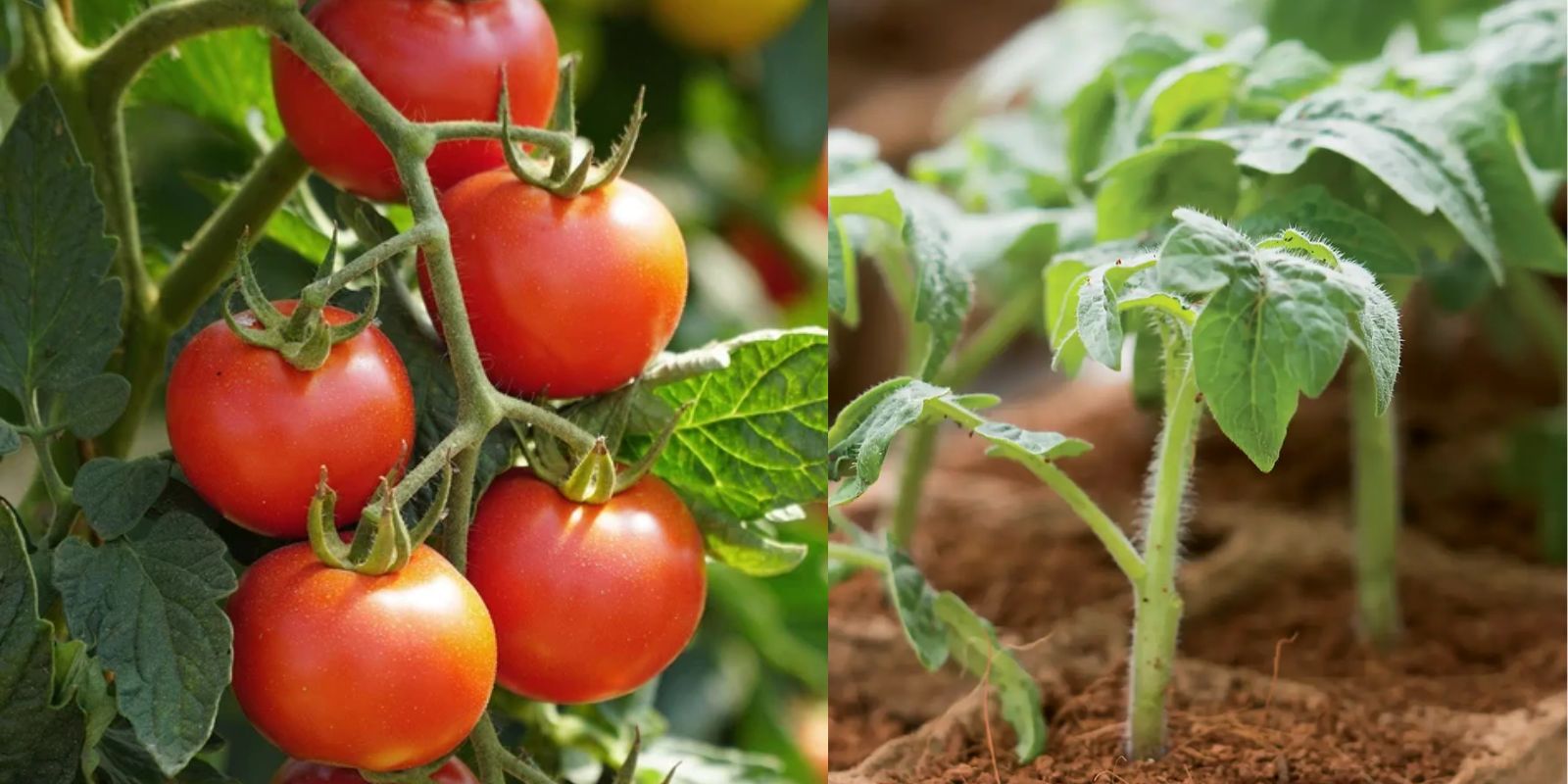Introduction
Growing organic tomatoes offers an enriching gardening experience and provides you with fresh, flavorful fruit free from synthetic chemicals. Whether you’re a seasoned gardener or a novice, adopting organic methods ensures a healthier crop and a more sustainable approach to gardening. This guide will walk you through the essentials of planting, feeding, pruning, and caring for your tomato plants organically, so you can achieve a thriving garden and enjoy delicious homegrown tomatoes.
Choosing the Right Varieties
Selecting the right tomato varieties is crucial for a successful organic garden. Here are some tips to help you choose:
- Climate Compatibility: Choose varieties suited to your local climate. Heirloom varieties often offer rich flavors and are adapted to specific growing conditions. Consider cherry, beefsteak, or roma varieties based on your preferences and space.
- Disease Resistance: Opt for varieties with natural resistance to common tomato diseases like blight or blossom end rot. Organic gardening focuses on prevention, so choosing resilient varieties can reduce the need for interventions.
Preparing the Soil
Healthy soil is the foundation of a thriving organic garden. Here’s how to prepare your soil for tomato planting:
- Soil Enrichment: Incorporate compost or well-rotted manure into your soil to improve fertility and structure. Organic matter enhances soil texture, water retention, and nutrient availability.
- pH Level: Test your soil’s pH and adjust if necessary. Tomatoes prefer slightly acidic to neutral soil (pH 6.0-7.0). Use organic amendments like lime to raise pH or sulfur to lower it, based on your soil test results.
- Drainage: Ensure your garden bed or containers have good drainage. Tomatoes don’t like waterlogged soil, which can lead to root rot. Raised beds or containers with drainage holes work well for optimal growth.
Planting Tomatoes
Proper planting techniques set the stage for strong, productive plants. Follow these steps:
- Starting Seeds or Seedlings: Start seeds indoors 6-8 weeks before the last frost date, or purchase seedlings from a reputable nursery. If starting seeds, use organic seed-starting mix and provide adequate light for healthy growth.
- Transplanting: Move seedlings outdoors after the risk of frost has passed and the soil is consistently warm. Space plants about 18-24 inches apart to allow for proper airflow and growth. Plant them deep, burying two-thirds of the stem to promote a strong root system.
Feeding Your Tomato Plants
Tomatoes have specific nutrient needs throughout their growth cycle. Here’s how to feed them organically:
- Organic Fertilizers: Use compost tea, fish emulsion, or well-balanced organic fertilizers. Apply these when plants are young to encourage robust growth and again when they start setting fruit to support production.
- Feeding Schedule: Follow the manufacturer’s instructions for application rates and timing. Generally, feed tomatoes every 4-6 weeks during the growing season.
- Mulching: Apply a layer of organic mulch, like straw or wood chips, around your plants. Mulch helps retain soil moisture, suppress weeds, and gradually adds nutrients to the soil as it decomposes.
Pruning for Health and Productivity
Pruning is essential for managing plant health and maximizing fruit production. Here’s a guide to effective pruning:
- Remove Suckers: Regularly pinch off suckers (side shoots that develop between the main stem and branches) to encourage better airflow and focus the plant’s energy on fruit production.
- Support the Plants: Use stakes, cages, or trellises to support your tomato plants. Proper support keeps fruit off the ground, reduces disease risk, and helps with overall plant structure.
- Prune Lower Leaves: Remove the lower leaves that are close to the soil to improve air circulation and reduce the risk of soil-borne diseases.
Watering and Moisture Management
Consistent moisture is key to healthy tomato plants. Here’s how to manage watering effectively:
- Watering Technique: Water tomatoes deeply and regularly, aiming for consistent moisture. Avoid watering the foliage to reduce the risk of fungal diseases. Instead, water at the base of the plants.
- Mulching: Use mulch to maintain soil moisture and regulate temperature. Mulch also helps prevent soil erosion and reduces the frequency of watering.
- Monitor for Signs: Keep an eye out for signs of over- or under-watering. Wilting, yellowing leaves, or cracked fruit can indicate water-related issues.
Pest and Disease Management
Organic gardening emphasizes prevention and natural solutions for pest and disease control. Here’s how to manage common issues:
- Beneficial Insects: Encourage beneficial insects like ladybugs and lacewings that prey on pests. Plant companion plants such as marigolds to attract these helpful insects.
- Organic Sprays: Use organic sprays like neem oil or insecticidal soap for controlling pests. Follow application instructions carefully to avoid harming beneficial organisms.
- Disease Prevention: Practice crop rotation and avoid working in the garden when plants are wet to reduce disease spread. Remove and discard infected plant material promptly.
Harvesting Your Tomatoes
Knowing when and how to harvest tomatoes ensures the best flavor and quality. Here’s how to do it:
- Ripeness: Harvest tomatoes when they are firm and fully colored. They should come off the vine easily when gently twisted. For varieties that ripen off the vine, pick them just before full ripeness.
- Handling: Handle tomatoes carefully to avoid bruising. Use clean, sharp shears or scissors to cut them from the plant.
Conclusion
Growing organic tomatoes is a rewarding endeavor that yields delicious, healthy fruit while supporting a sustainable gardening practice. By choosing the right varieties, preparing your soil, feeding and pruning correctly, and managing pests and diseases organically, you’ll enjoy a bountiful harvest of homegrown tomatoes. Embrace these practices, and you’ll be well on your way to cultivating a thriving tomato garden that’s both productive and eco-friendly. Happy gardening! 🌿🍅

